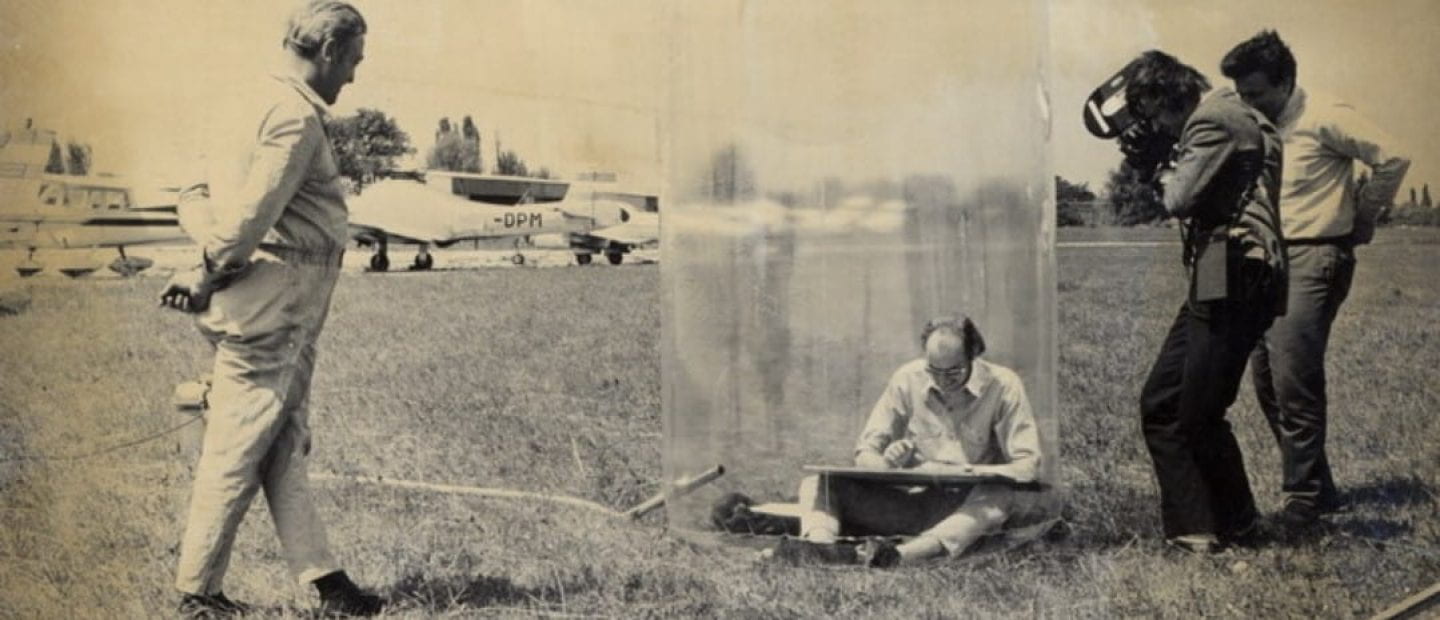The Rough Breathing in Ancient Greek
THE ROUGH BREATHING IN ANCIENT GREEK
The breathing character is a diacritical mark belonging to the orthography of Ancient Greek. Such a mark is present in every word beginning with a vowel or diphthong, it is located on the top of the vowel or the second element of the diphthong and indicates the aspiration or the absence of aspiration before the vowel.
There are two kinds of breathing character: the rough breathing ῾ indicates the presence of an H sound before the vowel, while the smooth breathing ᾿ indicates the lack of the H sound.
Ancient Greek vowels with rough breathing: ἁ- ἑ- ἡ- ἱ- ὁ- ὑ- ὡ-;
Ancient Greek vowels with smooth breathing: ἀ– ἐ– ἠ– ἰ– ὀ– ὐ– ὠ-;
The breathing character must be carefully observed since two apparently identical words are in fact different because of the breathing:
ὅρος, ROUGH BREATHING (horos) = limit;
ὄρος, SMOOTH BREATHING (oros) = mountain;
The rough breathing character is due to the original presence of another letter before the vowel at the beginning of the word. This letter, in most cases a sigma (σ), a wau (ϝ), or a jod (ϳ), disappeared because of some phonetic modifications during the evolution of the language but left a sign of its original presence through the aspiration. The rough breathing helps linguistics to rebuild connections between different words which seem to be unrelated at first sight, but share in fact a common Indo-European root. For example:
due to their constant relationship with the Mediterranean, ancient Greeks had four different words to indicate the sea. One of them was ἃλς (hals), which literally means “salt” and then was used to indicate saltwater and finally the sea. If we carefully observe the word ἃλς, we notice that there are two marks at the top of the first letter, ἃ (alpha): one is the acute accent ´, which indicates the syllable to stress;1 the other one is the rough breathing character. The presence of the rough breathing proves that at first there was another letter at the beginning of ἃλς. It is possible to rebuild the original root by comparing the different forms of the word “salt” in other Indo-European languages: for example, in Latin “salt” is sal, salis, from which the Italian sale. Hence in the previous form, this word began with a sigma (σ), that gradually disappeared in Ancient Greek leaving an aspiration:
ἃλς < * σαλς
There are many other examples of this process in Ancient Greek; what I wanted to enlighten through the rough breathing character is the connection between empty space and acoustic presence. The origins, the history, and in some cases the meaning of a word is hidden in the breath.
1 Originally, in Ancient Greek the acute accent indicated a syllable with a high pitch. The pitch accent was then replaced by a stressed accent in Modern Greek.
REFERENCES
AGNELLO 2007 = Giacinto Agnello, Orlando Arnaldo, I greci: la lingua e la cultura: grammatica greca, Palermo, Palumbo, 2007.
HEILMANN 1963 = Luigi Heilmann, Grammatica storica della lingua greca, Torino, 1963.



Leave a Reply
You must be logged in to post a comment.